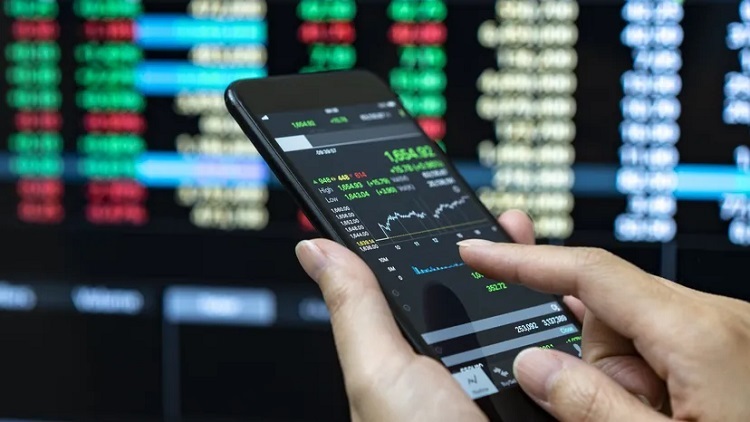How to Combine Fundamental and Technical Analysis for Better Results
Traders adopt different market approaches based on their strategies, risk tolerance, and chosen tools. Market analysis primarily examines price data, whereas economic indicators help determine asset movement. A successful trading system results from merging fundamental with technical analysis to achieve better qualitative and quantitative market predictions.
Market participants using fundamental analysis study macroeconomic elements to discover the asset’s true financial value. Those who understand interest rate assessments linked to employment data, inflation figures and geopolitical developments can predict currency exchange rate and stock price as well as commodity price changes. Market stability typically strengthens currency rates but economic turbulence produces currency market volatility. The constant need for financial development insight requires traders to track market sentiment shifts caused by unpredictable market news and reports. Most traders employ technical analysis to enhance their entry and exit points because fundamental analysis provides limited information about specific trading times.
The analysis of price movements coupled with chart formation data and trading volumes enables technical analysts to create predictions about market value changes. Different time durations require traders to use moving averages, Fibonacci retracements, and candlestick formations for identifying profitable opportunities. Trading support and resistance levels emerge from past market performance data, which enables traders to execute their trades in a more strategic manner. The timing signals from technical analysis do not include information about broader economic policies or global events. TradingView Charts provides technological resources which allow traders to examine patterns effectively for optimized trading methods through real-time market information. Technical analysis methods confirm the findings established by fundamental analysis.
Traders can develop superior trading systems through the combination of economic data with precise time-dependent opportunities that unite fundamental and technical analysis techniques. Entering a trade based only on strong job market data and rising consumer confidence represents a potentially unsafe investment because currency valuation remains uncertain. Traders prefer to initiate their trades only when they detect technical proof including price breakthroughs from essential resistance boundaries. Both methods increase accuracy and reduce possible risks relating to using a single approach.
Real-time data analysis plays a crucial role in executing this combined strategy effectively. Platforms with advanced charting tools allow traders to track economic indicators alongside technical signals. The TradingView Charts give traders access to current market views, historical data evaluation capabilities, and interactive chart tools that enhance trend detection abilities. Fundamental research when merged with technical trading indicators enhances trader decision-making ability and improves trade execution outcomes.
Successful adoption of this method needs both self-discipline and tolerance. Single economic reports together with short-term price patterns should not trigger trading decisions as they could result in costly errors. A trader should make choices by utilizing a combination of various facts which creates a comprehensive strategy. A financial plan that includes economic projections, technical verification, and risk management elements will decrease uncertainty leading to better long-term profitability.
Maintaining adaptability becomes necessary due to the regular changes within market conditions. The future economic trends might create distinct patterns of price movement compared to current market conditions. The edge in professional performance belongs to those who review their statistical methods consistently and transform strategies based on recent market information available. Fundamental trading expertise when combined with technical analysis methods produces a solution which substantially increases trading precision levels. The combination of these methods produces better understanding of market activity to guide traders during periods of high market volatility.

